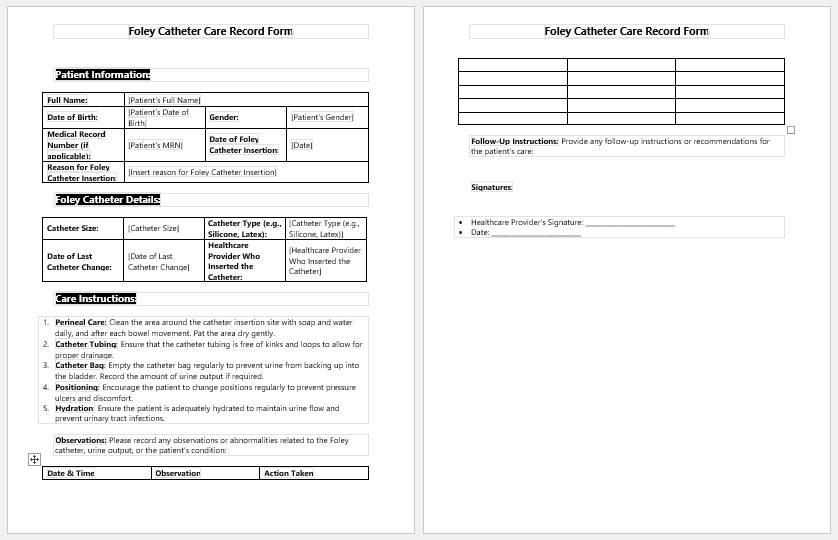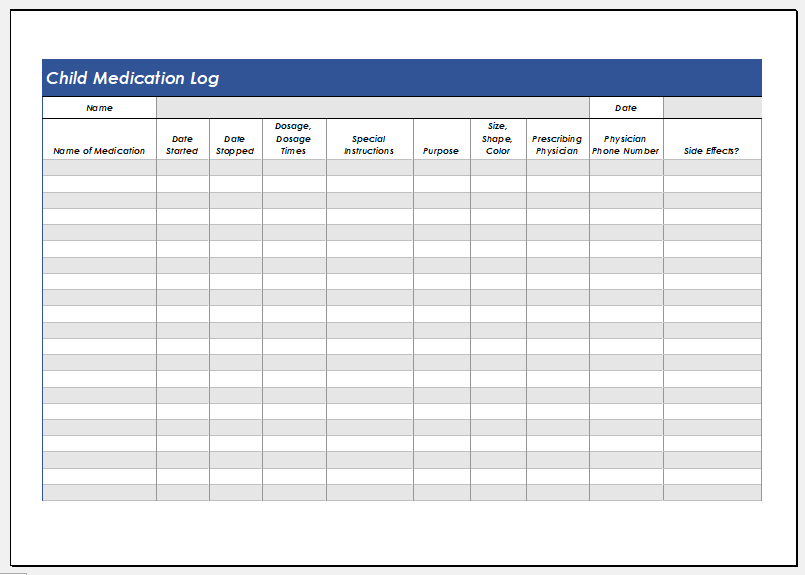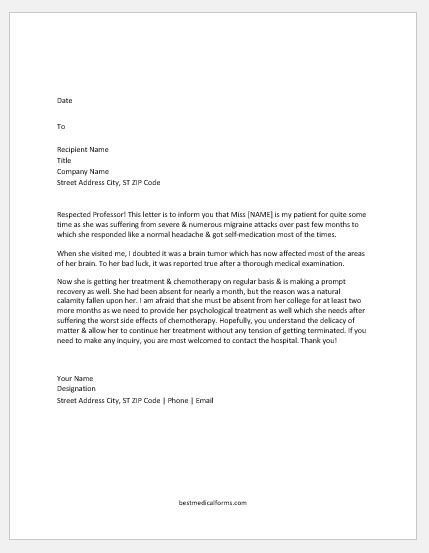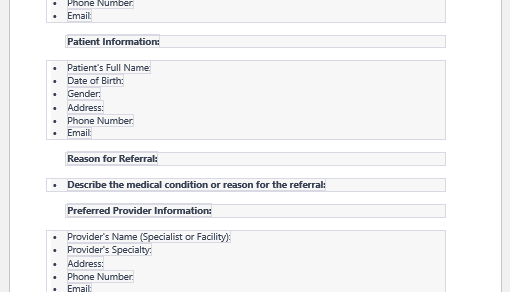Foley’s catheter is a well-known catheter in urology and surgery. It is a flexible tube that is passed into the urinary bladder through the urethra to drain urine out of the urinary bladder.
History of Foley’s Catheter
Rubber catheters were introduced in medical management in the 18th century. Before that, urinary catheters made of other materials were as ancient as 3000 B.C. They were used to relieve pain from acute or chronic urinary retention. The initial material of the catheter was straw, palm leaves, etc. Later on, silver catheters were introduced, which were then replaced by catheters made of other cheap metals. It was the 18th century when rubber catheters were brought into use. During World War II, sterilized urinary catheters were used. Foley’s catheter was designed by Fredrick Foley who devised the present design of the catheter and is named after him.
Structure of Foley’s catheter
Foley’s catheter is a two-way catheter consisting of one tube and two ends. One of the two ends is used to attach with the urinary bad and the other is used to fill the water in the balloon present at the other end of the catheter. The catheter’s end with the balloon is inserted into the urethra and once the urine drains out of the catheter, it means it is in the urinary bladder. The balloon is then inflated with distilled water through the other end of the catheter. The inflating balloon keeps it inside the bladder, and it can’t come out of the narrow urethra.
Indications of Foley’s catheter
Foley’s catheter is one of the most commonly used catheters in medicine.
- The most common indication of the Foley catheter is urinary retention.
- It is also used in patients who have to undergo any surgery and general or spinal anesthesia is planned for them.
- Unconscious and comatose patients are also catheterized for a long duration by this Foley catheter.
- Some elderly patients and those patients who have faced spinal injuries and are now suffering from urinary incontinence may also need catheterization.
- The use of Foley catheters in gynecological and obstetrical surgeries is widespread and almost all surgeries involve Foley catheterization. For example, the Caesarian section, hysterectomy, Hysterotomy, and sometimes Dilation and curettage.
- It is also used for the induction of labor.
Complications of Foley’s catheter
Bacterial infection is one of the most common complications of Foley catheters. A Foley catheter retained for more than 24 hours is likely to make the patient prone to many hospital-acquired infections. A urinary tract infection is common and patients may complain of dysuria more often during and sometimes after the removal of catheters. Proper antibiotic coverage is indicated in patients on Foley catheters.
Foley’s catheter care record
It is a common practice in hospitals that a record of Foley’s catheter is maintained in the catheterized patients. Foley’s catheter requires care to avoid infections and is used for checking the urinary output of the patient which is very important in post-operative patients especially.
- Nursing Documentation Templates
- Mental Health Evaluation Forms
- Forms Used by Pediatricians
- Various Forms Related to Pregnancy Verification
- Common Forms Used by ENT Specialists
- Pain Diary Worksheet Template
- Forms Commonly Used by Old Age Homes
- Medical Treatment Consent Form
- Home Exercise Program Worksheet
- Forms Used for Mental Health Assessment
- Forms Used by Psychologists
- Medical Forms Commonly Used by/for Students
- Assessment Consent Form
- Forms Used by an Anesthesiologist
- Not Fit to Fly Certificate Template
- Home Visit Consent Form for Schools
- Important Forms Commonly Used by Pharmacies
- Important Forms Commonly Used by Dentists



